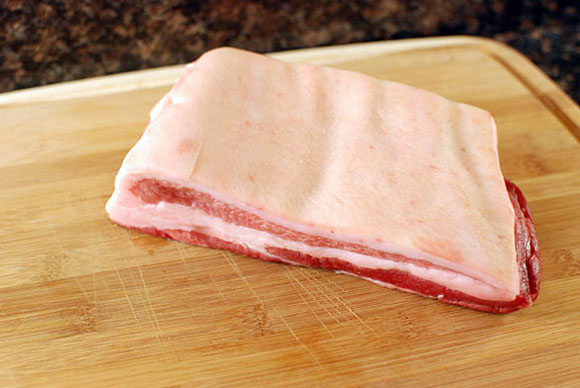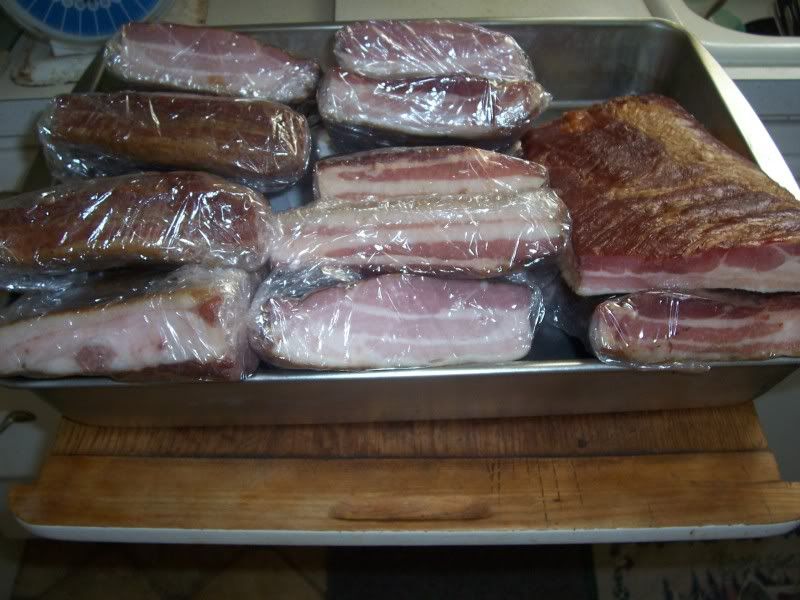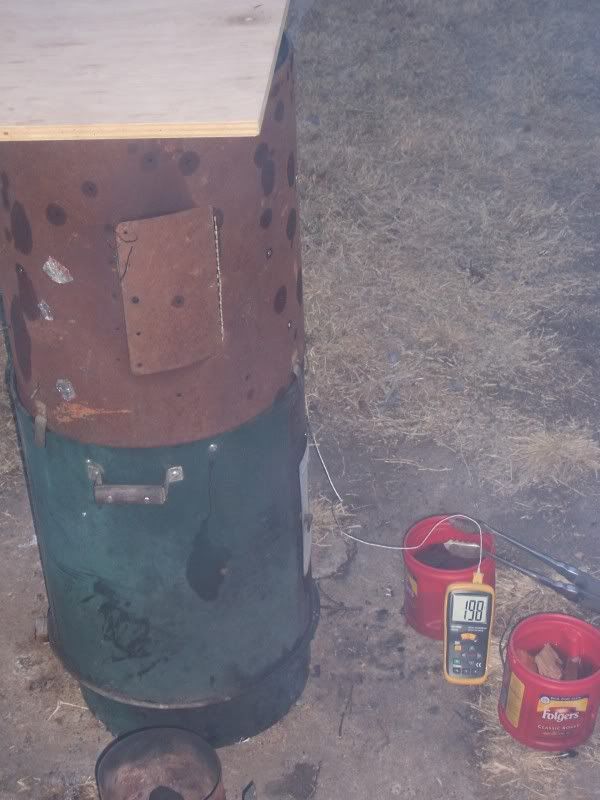ericbw
Well-Known Member
- Joined
- Dec 11, 2012
- Messages
- 3,592
- Reaction score
- 1,225
I love making bacon, either belly (streaky in the UK, or hotel bacon as a friend of mine calls it) or back (Canadian) bacon. I tend to cure in salt, sugar, herbs (garlic, thyme, oregano, juniper...all good!) and a tiny amount of salt petre for 5-7 days before smoking.
What cut is the first pic? Back?


















































![Craft A Brew - Safale BE-256 Yeast - Fermentis - Belgian Ale Dry Yeast - For Belgian & Strong Ales - Ingredients for Home Brewing - Beer Making Supplies - [3 Pack]](https://m.media-amazon.com/images/I/51bcKEwQmWL._SL500_.jpg)












